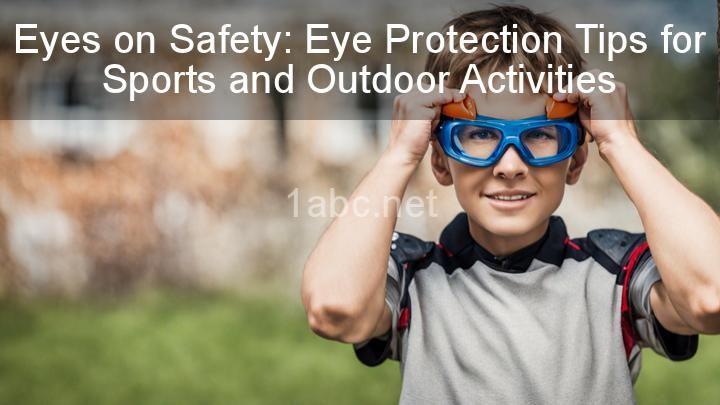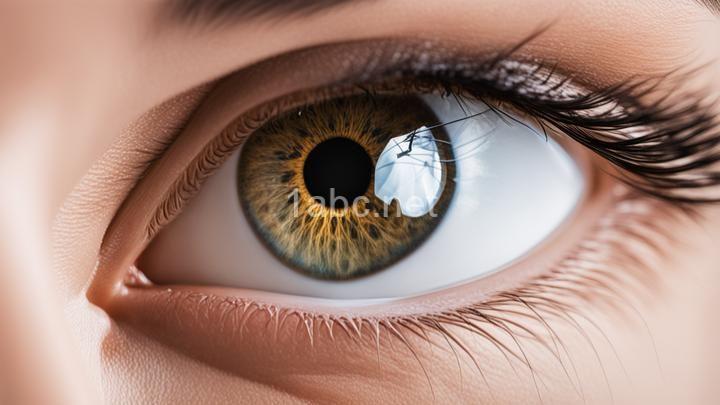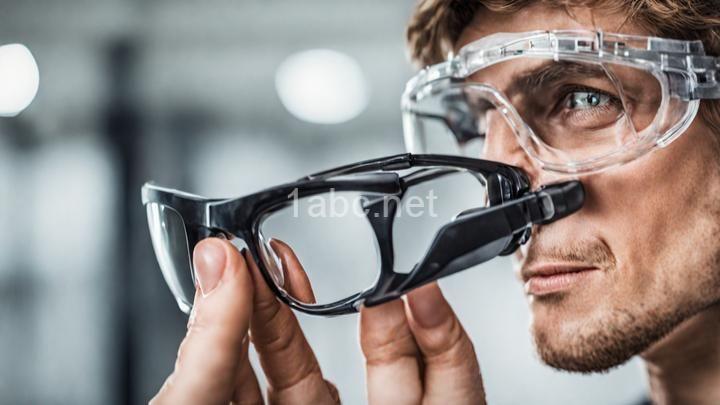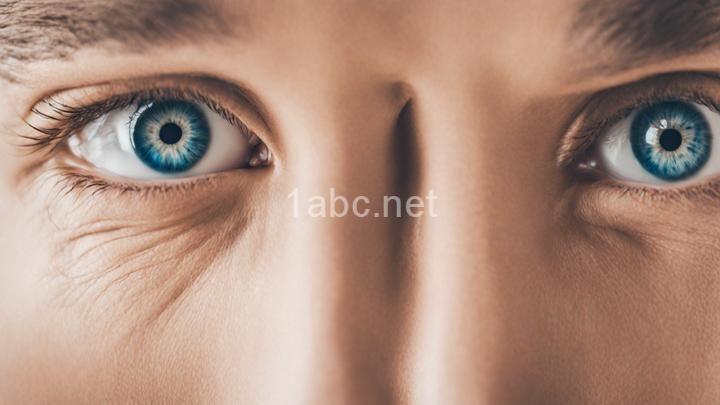Eyes on Safety: Eye Protection Tips for Sports and Outdoor Activities
Introduction:
I. Understanding Potential Eye Hazards:
1. Impact-related injuries:
2. UV radiation exposure:
3. Dust and debris:
II. Choosing the Right Eye Protection:
1. Prescription glasses with impact-resistant lenses:
2. Protective goggles or masks:
3. Sunglasses with UV protection:
III. Factors to Consider When Buying Eye Protection:
1. Fit and comfort:
2. Impact resistance:
3. UV protection:
IV. Maintaining and Caring for Eye Protection Gear:
1. Cleaning:
2. Storage:
3. Replacement:
V. Educating Others on Eye Safety:
VI. Additional Tips to Protect Your Eyes During Sports and Outdoor Activities:
Conclusion:

Introduction:
Did you know that your eyes are one of the most delicate and vulnerable organs in your body? They are not only responsible for your vision but also play a crucial role in your overall well-being. However, when it comes to sports and outdoor activities, we often tend to overlook the importance of protecting our eyes. From impact-related injuries to harmful UV radiation exposure, there are several eye hazards that can pose serious risks. In this blog post, we will delve into the world of eye protection and provide you with valuable tips to keep your eyes safe while enjoying your favorite sports and outdoor adventures.
I. Understanding Potential Eye Hazards:
Before we dive into the realm of eye protection, it is essential to understand the potential eye hazards associated with various sports and outdoor activities. Impact-related injuries, UV radiation exposure, dust, debris, and foreign objects are some of the common eye hazards one may encounter during these activities. Let's take a closer look at some specific examples:
1. Impact-related injuries:
- Contact sports like basketball, football, and hockey can pose a significant risk of eye injuries due to accidental blows or collisions.
- Racquet sports such as tennis and badminton also carry a potential risk of eye injuries from fast-moving balls or racquets.
2. UV radiation exposure:
- Outdoor activities like running, cycling, hiking, and skiing expose our eyes to harmful UV rays from the sun.
- Water sports like surfing and swimming can intensify the UV exposure due to the sun's reflection off the water surface.
3. Dust and debris:
- Activities such as biking, mountain climbing, and gardening involve exposure to airborne particles, dust, and debris that can irritate and damage the eyes.
II. Choosing the Right Eye Protection:
Now that we have a better understanding of the potential eye hazards, it is crucial to select appropriate eye protection for each activity. Here are some options to consider:
1. Prescription glasses with impact-resistant lenses:
- If you wear prescription glasses, opt for lenses made of impact-resistant materials like polycarbonate or Trivex.
- Ensure that your eyeglasses fit securely and comfortably to provide adequate protection during physical activities.
2. Protective goggles or masks:
- Goggles or masks with shatterproof lenses and a snug fit are ideal for high-impact sports like basketball, hockey, or racquet sports.
- Look for goggles or masks specifically designed for your sport to ensure maximum protection.
3. Sunglasses with UV protection:
- Invest in sunglasses that offer 100% UV protection to shield your eyes from harmful rays.
- Look for sunglasses with wraparound frames or large lenses to provide additional coverage and reduce peripheral UV exposure.
III. Factors to Consider When Buying Eye Protection:
Choosing the right eye protection gear involves careful consideration of several factors. Keep the following in mind when purchasing eye protection gear:
1. Fit and comfort:
- Proper fit is crucial for eye protection gear as ill-fitting eyewear can be uncomfortable and may not provide adequate coverage.
- Look for adjustable straps or nose pads to ensure a secure and comfortable fit.
2. Impact resistance:
- When selecting eyewear, check if it meets necessary safety standards for impact resistance.
- Look for products that are ANSI (American National Standards Institute) certified for impact protection.
3. UV protection:
- Ensure that your sunglasses or goggles offer sufficient UV protection by checking for the UV400 or 100% UV protection label.
- Polarized lenses can also provide added glare reduction and clarity during outdoor activities.
IV. Maintaining and Caring for Eye Protection Gear:
Investing in eye protection gear is just the first step. Regular maintenance and care are essential to ensure their longevity and effectiveness. Here are some tips to help you maintain and care for your eye protection gear:
1. Cleaning:
- Clean your eye protection gear regularly using mild soap or lens cleaning solutions.
- Avoid using abrasive materials or harsh chemicals that can damage the lenses.
2. Storage:
- Store your eye protection gear in a protective case when not in use to prevent scratches and damage.
- Keep them in a cool, dry place to avoid warping or degradation of the materials.
3. Replacement:
- Regularly inspect your eye protection gear for signs of wear and tear.
- Replace any damaged or outdated gear to ensure optimal protection.
V. Educating Others on Eye Safety:
Eye safety is not only about protecting yourself but also about spreading awareness among others. Encourage your teammates, friends, family members, and fellow sports enthusiasts to prioritize eye safety. Share this information with them and emphasize the importance of taking proactive measures to protect their eyes during sports and outdoor activities.
VI. Additional Tips to Protect Your Eyes During Sports and Outdoor Activities:
In addition to the main guidelines mentioned above, here are some quick tips to supplement your eye protection measures:
- Wear a hat or visor to shield your eyes from direct sunlight, especially during prolonged outdoor activities.
- Use artificial tears or lubricating drops to prevent dryness and discomfort caused by environmental factors during outdoor activities.
- Follow proper safety protocols and rules specific to your sport to minimize the risk of eye injuries.
Conclusion:
In conclusion, protecting your eyes should be a top priority when engaging in sports and outdoor activities. By understanding the potential eye hazards, choosing the right eye protection gear, considering key factors during purchase, and maintaining and caring for your gear, you can ensure the safety and longevity of your vision. Remember, the eyes are not only the windows to the world but also a precious gift that deserves our utmost care and attention. So, stay safe, have fun, and keep your focus on safety!
FREQUENTLY ASKED QUESTIONS
Why is eye protection important during sports and outdoor activities?
Eye protection is crucial during sports and outdoor activities for several reasons:
- Prevention of injuries: Sports and outdoor activities often involve fast-paced movements, flying objects, or contact with other players. Eye protection, such as goggles or safety glasses, helps to shield the eyes from potential injuries caused by impacts, collisions, or debris.
- Protection from UV radiation: Spending prolonged periods outside exposes our eyes to harmful ultraviolet (UV) radiation from the sun. Continuous exposure to UV rays can increase the risk of developing cataracts, macular degeneration, and other eye conditions. Certain sports sunglasses are designed to block a significant amount of UV radiation, reducing the potential harm to the eyes.
- Shielding against environmental hazards: Outdoor activities can involve exposure to various environmental hazards like dust, wind, pollen, or chemicals. Wearing protective eyewear forms a barrier against these irritants, preventing eye irritation, allergic reactions, or damage caused by foreign particles.
- Enhanced performance: Proper eye protection doesn't only provide safety but can also enhance performance. Specialty sunglasses designed for specific sports can improve visibility, reduce glare, and enhance color contrast, allowing athletes to perform at their best.
Remember, not all eye protection is created equal. It's important to choose the right type of eyewear specifically designed for the sport or activity you are engaging in to ensure maximum safety and performance.
How can eye injuries be prevented in sports and outdoor activities?
Eye injuries during sports and outdoor activities can be prevented by following some important measures:
- Wear protective eyewear: Use appropriate sports goggles or safety glasses that are specifically designed for the activity you are involved in. These provide impact protection and shield the eyes from potential injuries.
- Choose polycarbonate lenses: Opt for eyewear with polycarbonate lenses as they are more impact-resistant than regular plastic lenses.
- Use helmets and face shields: When participating in high-risk activities such as hockey, football, or lacrosse, wear helmets with face shields or visors. These provide additional protection to the eyes and face.
- Be cautious with projectiles: In games like baseball, softball, or racquet sports, make sure to use facemasks or helmets with attached polycarbonate face shields to protect against flying balls and racquets.
- Avoid UV exposure: When engaging in outdoor activities, protect your eyes from harmful ultraviolet (UV) radiation by wearing sunglasses that offer 100% UV protection. Look for sunglasses with a wraparound design for maximum coverage.
- Be mindful of surroundings: Be aware of potential hazards in your surroundings, such as sharp objects, tree branches, or protruding structures. Stay cautious and avoid activities in risky environments.
- Follow safety guidelines and rules: Adhere to the rules and guidelines of the sport or activity you are participating in. This includes proper technique, avoiding dangerous maneuvers, and using appropriate safety equipment.
Remember, prevention is key to avoiding eye injuries. By taking these precautions, you can significantly reduce the risk of eye-related accidents and enjoy sports and outdoor activities safely.
What are some common sports and outdoor activities that require eye protection?
There are several common sports and outdoor activities that require eye protection to ensure safety. Some of them include:
- Basketball
- Soccer
- Tennis
- Baseball/Softball
- Cycling
- Skiing/Snowboarding
- Swimming
- Ice hockey
- Lacrosse
- Volleyball
These activities often involve high-speed movements, flying objects, or exposure to harmful UV rays, which can put your eyes at risk. It is recommended to wear appropriate eye protection, such as sports goggles or sunglasses with UV protection, to safeguard your vision while participating in these activities.


